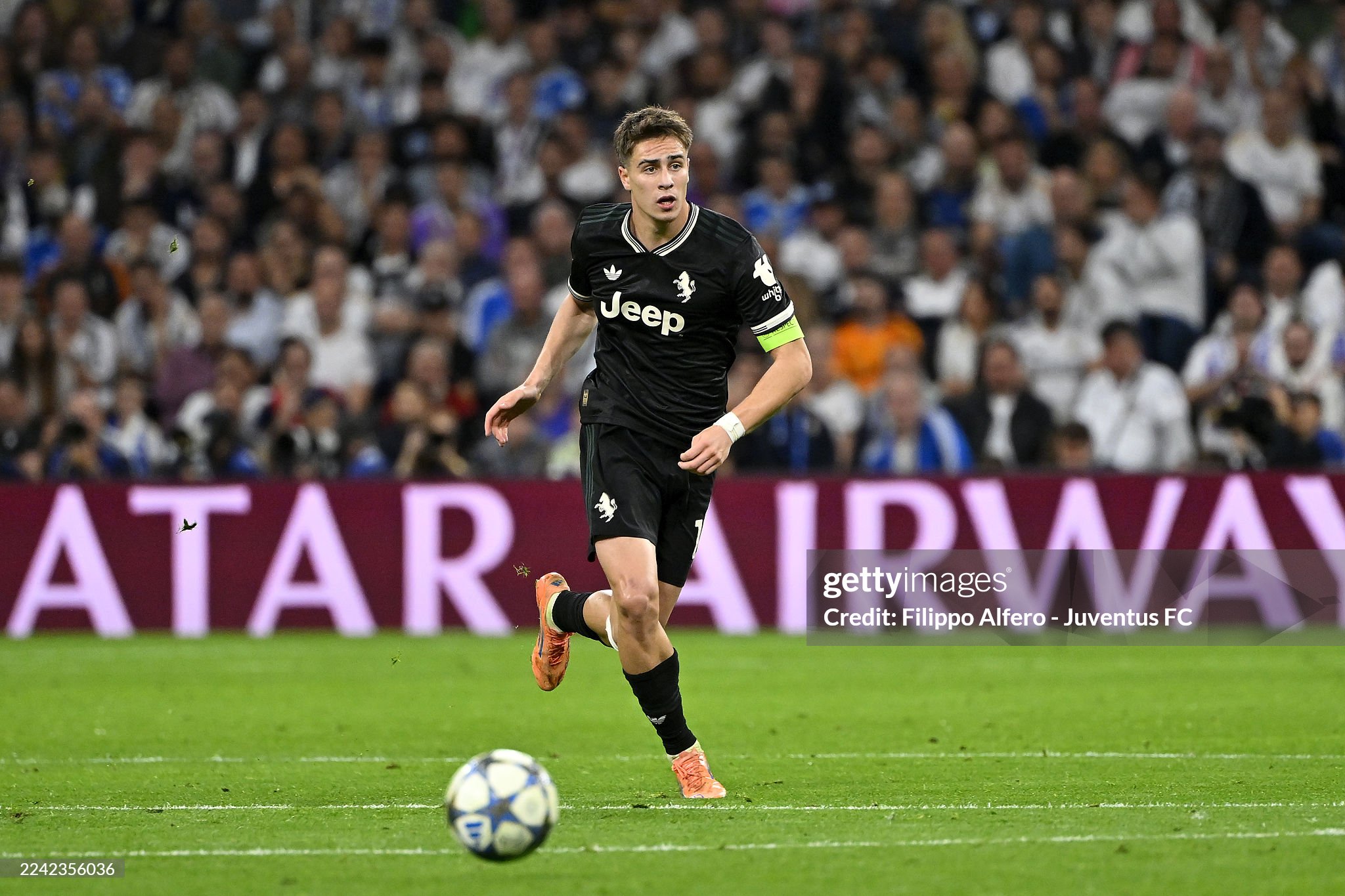It’s still not Santiago Gimenez’s season. The 24-year-old Mexican once again failed to score on Friday evening in Serie A. The lack of goals from the strikers is becoming an ever bigger problem for AC Milan, which dropped points.
 Embed from Getty Images
Embed from Getty Images
San Siro told the story long before the final whistle. Disbelief rolled into frustration as supporters watched a comfortable position dissolve into a scramble, then into relief when a stoppage-time header salvaged a 2-2 draw against a Pisa side that arrived with modest ambitions and left with far more than it expected.
The equalizer did not feel like a springboard. It felt like a bandage. With two points dropped, Milan have invited the pack to close in, and the coming hours now tilt attention south to Naples where Napoli and Inter meet with the table’s summit within reach.
Arrigo Sacchi’s weekend reflection in La Gazzetta dello Sport cut through the noise. His verdict was not about a single action but a pattern. He argued that Milan’s issue is not talent but maturity, not possession but concentration. In the first half, Milan’s structure put Pisa in a defensive shell. The spacing was clean, the switches of play found Rafael Leão early and often, and the midfield moved the ball with a rhythm that pinned the visitors deep. Yet after the interval the lines sagged, the distances grew, and what had been control turned into a series of imprecise actions that allowed Pisa to creep up the pitch. When a team aspires to win a title, those five or ten-minute lapses become defining moments.
The opening goal seemed a manifesto for what Milan want to be. Leão stepped inside, combined on the edge, and finished with a calm that silenced the tension. From there, though, the anxiety seeped back. Pisa adjusted by compressing the middle, delaying circulation, and daring Milan to find their striker early. The hosts moved the ball yet found fewer progressive passes into the front. The speed of play dropped. The second balls that had been mopped up before the break started falling to Pisa shirts. A hopeful cross became an equalizer. A turnover in build-up turned into a deficit that felt avoidable. Then came the late rescue, greeted first with catharsis and then with audible grumbling as the implications sank in.
Santiago Gimenez’s night encapsulated the broader attacking riddle. The Mexican forward thrived at Feyenoord as a penalty box reference point who pressed aggressively and attacked the near post with timing. Against Pisa he had little to attack. Service into the corridor between full-back and center-back was sporadic. Cutbacks arrived to crowded zones. The few early runs across the defender were not recognized quickly enough, and the rare direct balls into feet were either underhit or arrived with a marker on his back. He was substituted in the 75th minute for Christopher Nkunku, a change that shuffled profiles but not the underlying problem. The team still struggled to connect midfield to striker at the tempo required to unbalance a low block.
Italian media captured the mood with a Risk board analogy that stings because it rings true. A contender cannot survive long stretches without goals from the center forward. The burden then shifts to wingers, full-backs, and midfielders to produce numbers at a rate that is hard to sustain. When transitions are slow and the box is not attacked with synchronized movement, the opposing goalkeeper’s workload remains manageable no matter how much possession is recorded. That was the dynamic for much of this match. Crosses drifted. Shots arrived from distance. The penalty area, where titles are won, did not tilt enough in Milan’s favor.
The conversation inevitably turns to why Gimenez has not opened his Serie A account. The minutes are there. The trust from the bench is evident. The explanations are layered. Confidence matters for any striker. Micro-timing in the box is trained but also fed by positive feedback. More decisive is the supply line. When Leão receives to feet and beats a man, the second and third runners must coordinate so that the far-post space is filled and the cutback lane is alive. When the full-back overlaps, the near-post dart has to be early to force defenders to turn. When the midfield recycles play, the next pass has to arrive before the block fully resets. Those details were inconsistent here. Pisa were compact, but Milan also played at a beat that allowed compactness to hold.
This is where Sacchi’s emphasis on maturity intersects with tactics. Maturity is not only game management. It is also the discipline to repeat simple patterns with sharpness. A big team does not chase chaos in the final minutes if it can impose order in the middle third. It does not concede counterattacking lanes off its own corners. It does not allow a routine throw-in to turn into a line-breaking run. Milan did several of those things in the second half, which is why the equalizer felt like relief rather than a platform.
Massimiliano Allegri’s post-match assessment focused on concentration in the area. That is not a deflection. It is a spotlight on both boxes. Defending: clear first contacts, track runners, win the second ball. Attacking: arrive with numbers, attack spaces not just the ball, and finish sequences. The gap between what Milan create territorially and what they convert remains too wide. Some of that can be solved with training ground repetition. Some of it requires a cleaner structure behind the ball so that the team can commit an extra body to the last line without fearing the counter. Some of it simply demands that the first shot of the night hits the target to lower collective anxiety.
There were positives to rescue from the evening beyond the final scoreline. Leão looked sharp for long stretches and drew constant attention. The left channel combinations remain the most reliable source of incision. The late push showed character. The bench provided energy. Yet the broader picture is inescapable. The schedule will not slow down, and rivals sense an opening. Napoli and Inter meet with the opportunity to reframe the weekend. Roma’s steady climb adds pressure from another angle. The table in late autumn does not decide anything, but it shapes habits and narratives that can be hard to shake by spring.
For Gimenez, the path forward is clear. Keep moving without the ball. Keep demanding early passes. Reconnect with the instinct to attack the front post even when the first two crosses do not arrive. Trust that one clean contact can reset the season’s storyline. For the staff, the adjustments are practical. Speed up the first circulation from center-back to midfield. Encourage more third-man combinations to find Leão on the half-turn rather than always to feet. Nudge the right side higher to create weak-side crashes that pin the far center-back. Add one more runner from midfield into the box against low blocks to prevent the striker from being isolated between two defenders.
None of these ideas are revolutionary. They are the marginal gains that separate comfortable wins from tense draws. Milan did many things well for 45 minutes, then lost their thread. If the team can stretch the good segments to 70 or 80 minutes and cut out the careless concessions, the narrative flips quickly. Until that happens, every dropped point feeds the sense that the door is ajar for others.
The evening ended with applause mixed with exasperation, a soundtrack that says as much as any column. Milan remain within striking distance of the top, but the margins have narrowed. Pisa’s resilience was real, yet a side with Milan’s ambition expects to close such matches without drama. The table will reflect the cost of this lapse soon enough. Whether it becomes a turning point or a symptom depends on how quickly the lessons are absorbed.








